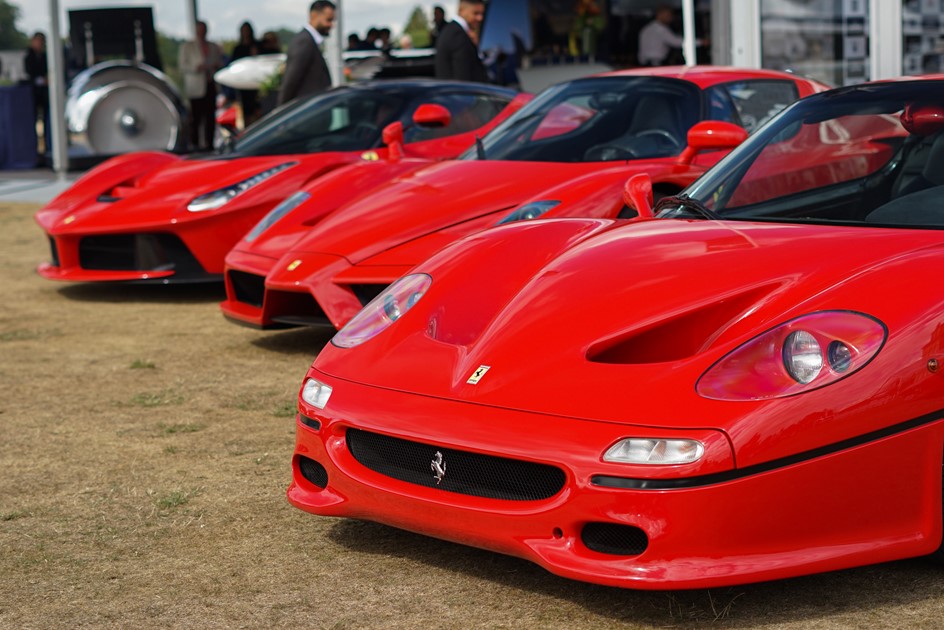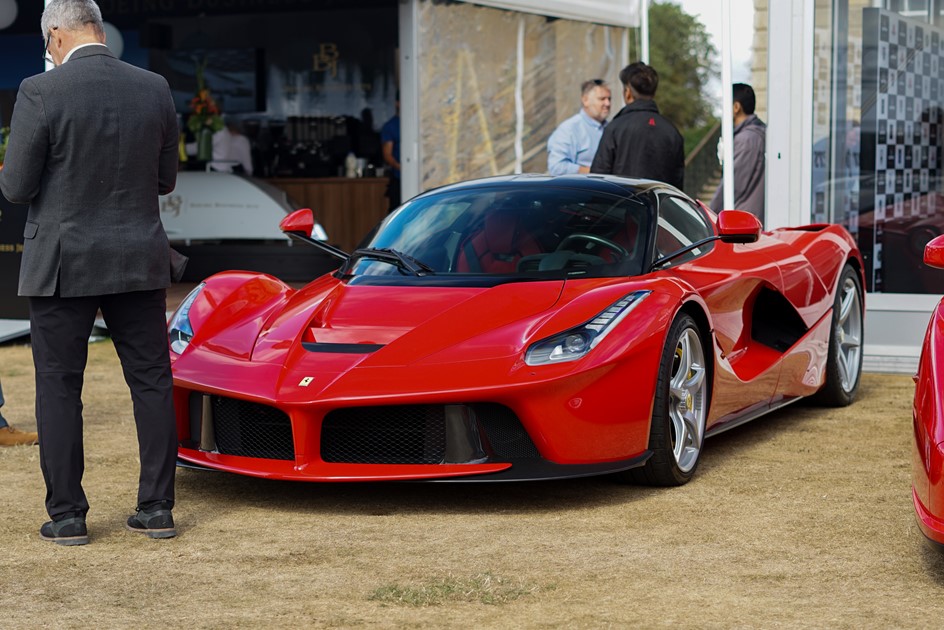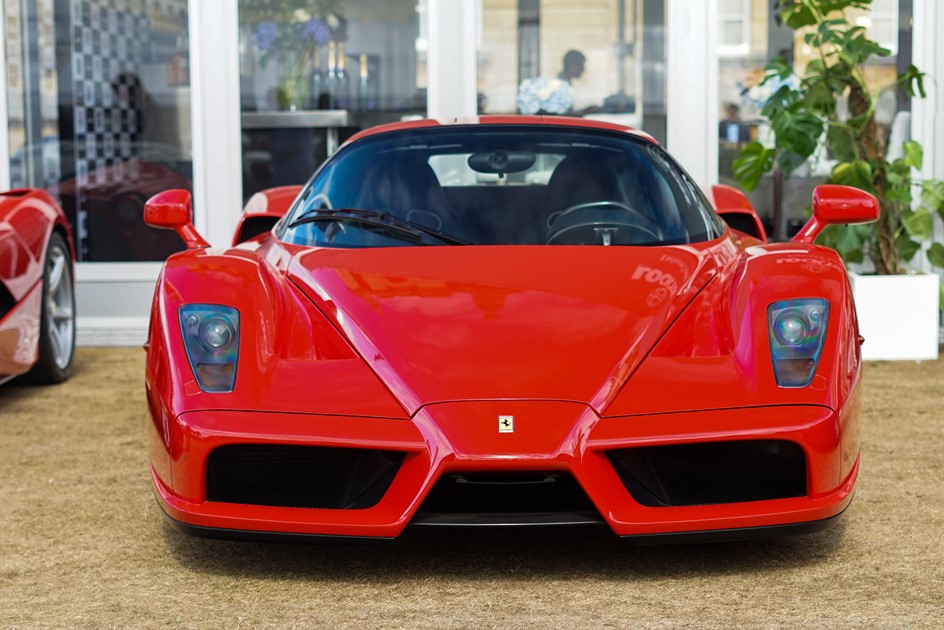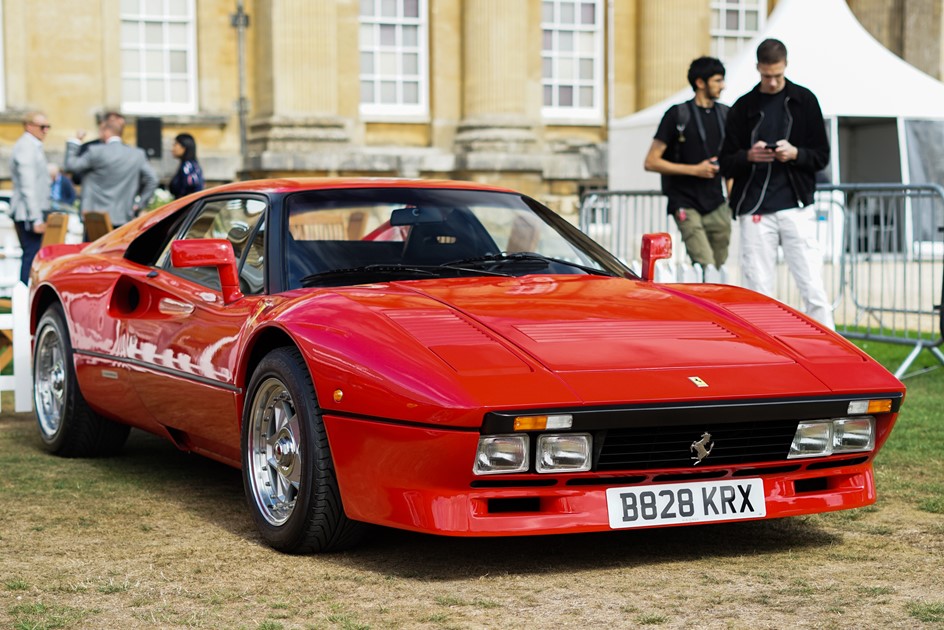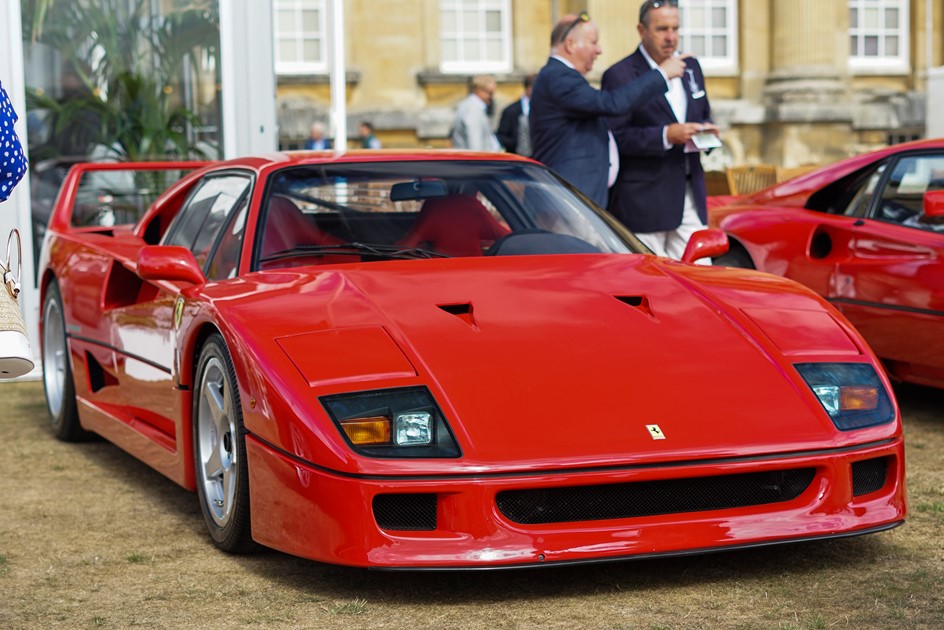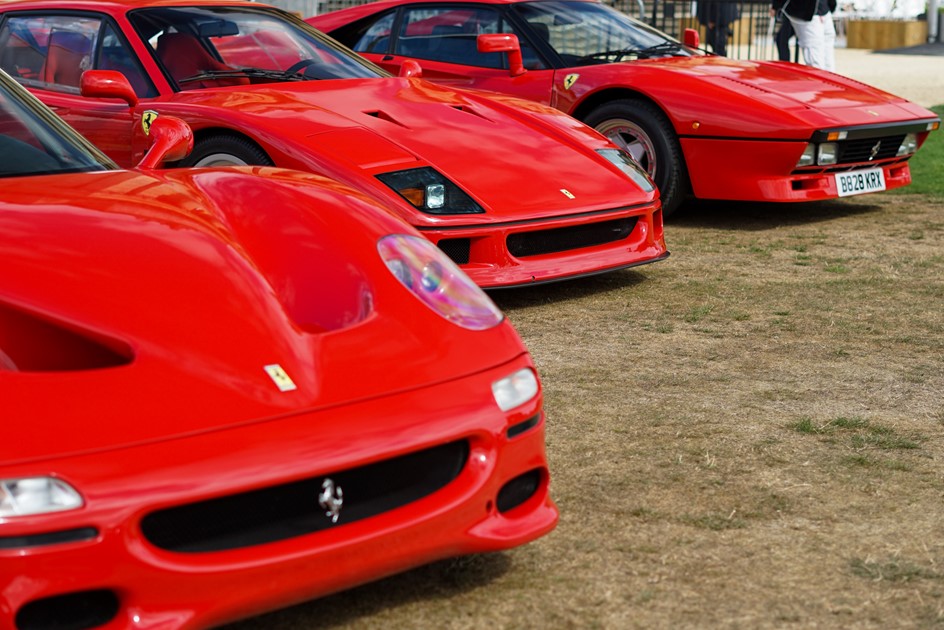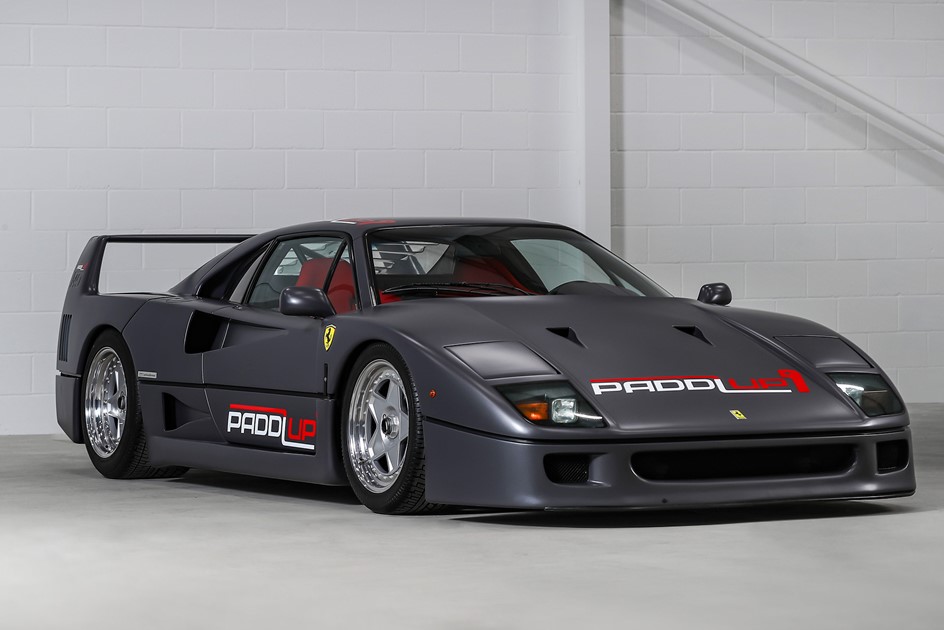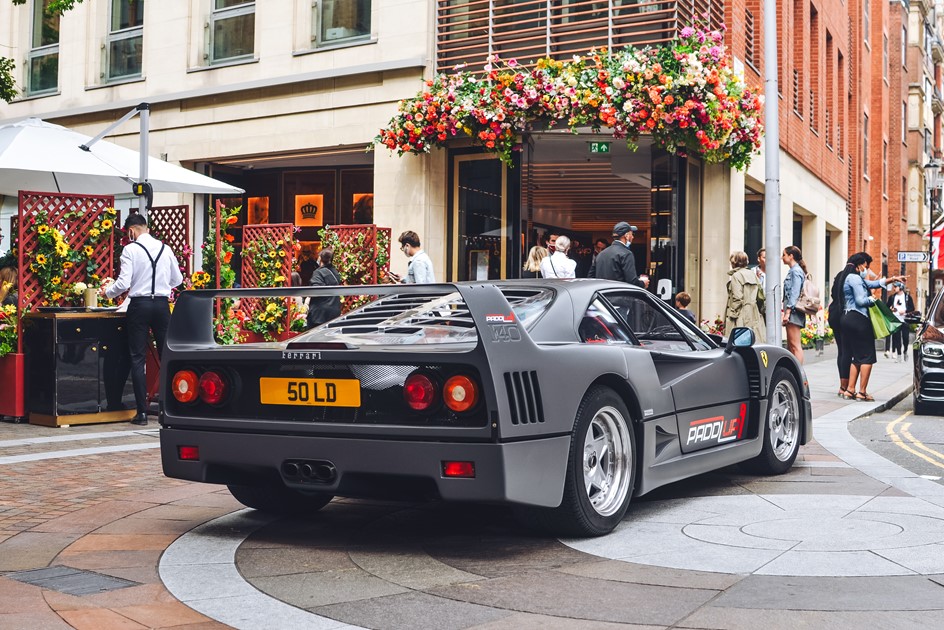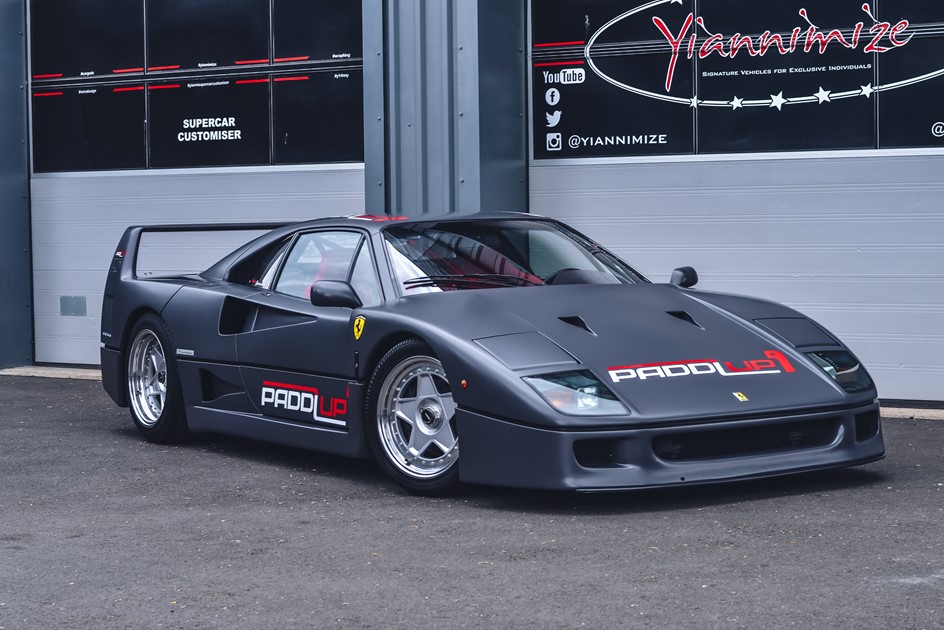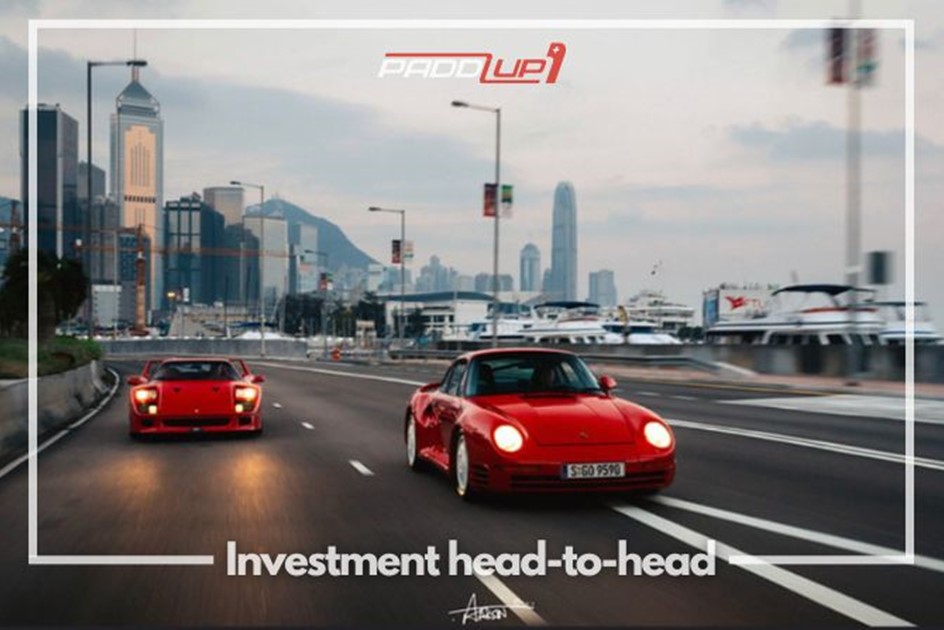The Ferrari big five
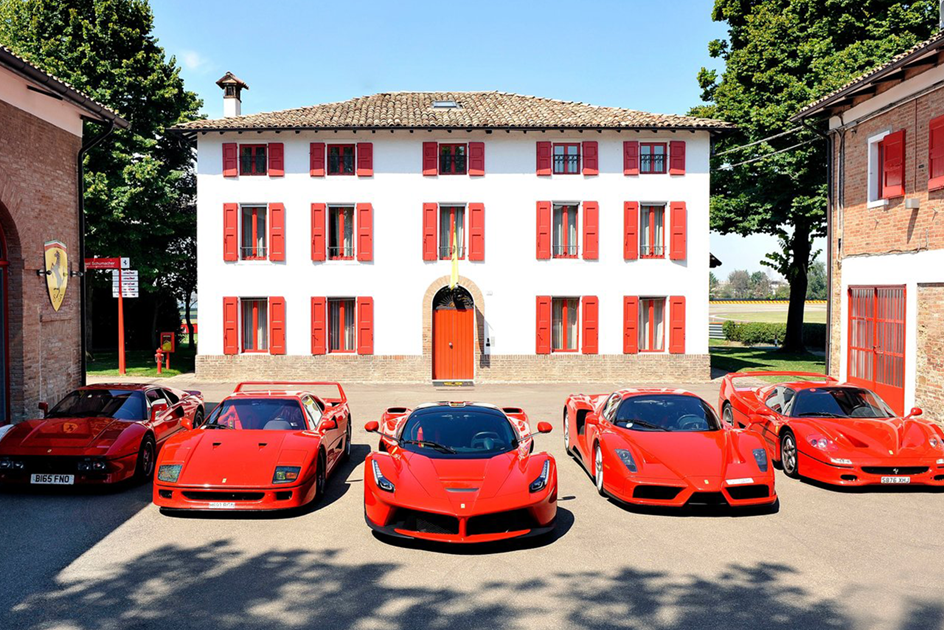
Ferrari is the most illustrious and recognisable automotive brand on the planet, there's no denying it. A back catalogue of incredible cars spanning over seven decades lends the Italian brand a heritage and prestige that not many can match, that’s before you take its acclaimed motorsport pedigree into consideration, the subject of which has inspired several Hollywood films.
Every now and then, Ferrari releases one of its flagship models. Usually launched to coincide with an anniversary, they are the peak of what Maranello can do with its road cars. These models are usually built in limited numbers, meaning they now fetch eye-watering prices at auction and make for no-brainer investment cars.
The 288 GTO, F40, F50, Enzo and LaFerrari are a quintet without parallel, encapsulating the very essence of the prancing horse and providing the ultimate expression of Ferrari. Each of these models defines an era for the peerless Italian brand.
The Ferrari 288 GTO
The first of the proclaimed 'big five' to grace our streets was the seminal 288 GTO, but public roads were not its original intended home. The GTO began life as a race car. With homologation for the World Rally Championship in mind, it was created to go head-to-head with the likes of Audi, Lancia and Peugeot in Group B. An iconic era that saw the series reach its zenith, at a time when off-road racing was exhilarating and death-defying in equal measure.
Unfortunately, the GTO never turned a wheel in anger, with the era drawing to a close in 1987. But that didn't stop Ferrari from selling the newly-designed road-going monster it had designed. The combination of lightweight aluminium bodywork and a twin-turbo V8 producing 400hp propelled the GTO from 0-60mph in five seconds. With just 272 examples built, it is the rarest of the group.
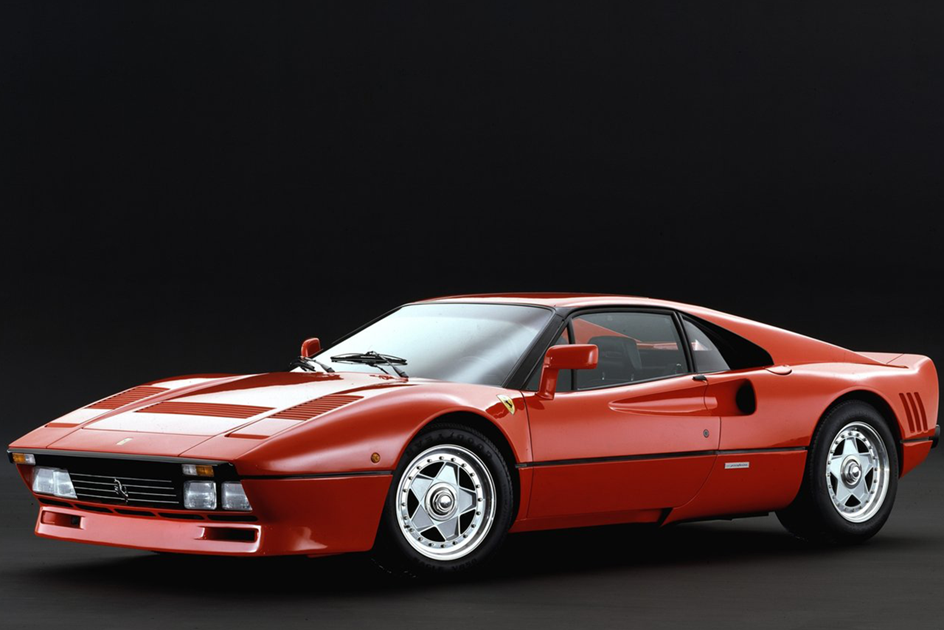
The Ferrari F40
The next car is a familiar one for PaddlUp - the Ferrari F40. Built to celebrate the Italian manufacturer’s 40th anniversary, it was also said to be the last car that Enzo Ferrari approved before he passed away. The F40 was released in 1987 with 471hp going to the rear wheels, however, many believe most cars were underrated from the factory. That power came from a development of the 288 GTO’s twin-turbocharged 2.9-litre V8.
The Pininfarina-designed body was made of exotic materials like kevlar and carbon fibre in order to keep the weight down and in many cases, the materials could be seen through the paintwork. It had no carpet, no interior door handles, a plastic windshield and no radio. All of that meant the weight was kept low at just 1100kg. The F40 held the coveted title of the fastest production car in the world for two years and was the fastest and most expensive Ferrari ever during its production. It was also a spiritual competitor to the Porsche 959.
Originally, 400 were planned to be built but in actual fact, a total of 1,315 F40s were eventually produced. Despite being the most prolific of the big five models, its vast numbers have been far from detrimental to F40 auction values.
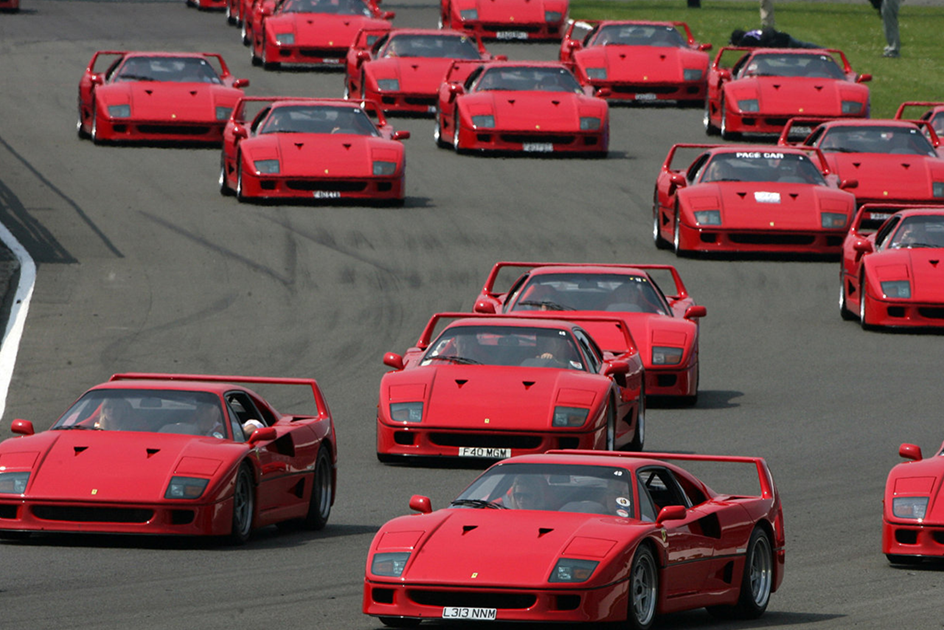
The Ferrari F50
Ferrari’s next anniversary was the big 50. It would take quite something to match the F40 after the immense praise it received, so Ferrari needed to pull something out of the bag. It was called the F50 and, on paper, it looked like a winner. Rather than go down the forced induction route, they took the 3.5-litre V12 from the 1992 F1 car and developed it into a 4.7-litre V12 developing 513bhp. What's not to like?
It sounds like a mouth-watering recipe, but the F50 wasn't that well received by some. Most felt it wasn’t any faster than the F40 due to having not much more power, much less torque and weighing more. However, the F50 was meant to be something a little different to its older sibling. It remained a focused supercar with no power steering, unassisted brakes and no traction control, but it was designed to look and feel more exotic with its F1-derived engine and removable hardtop. Considerably fewer were built compared to the F40, with only 349 ever created.
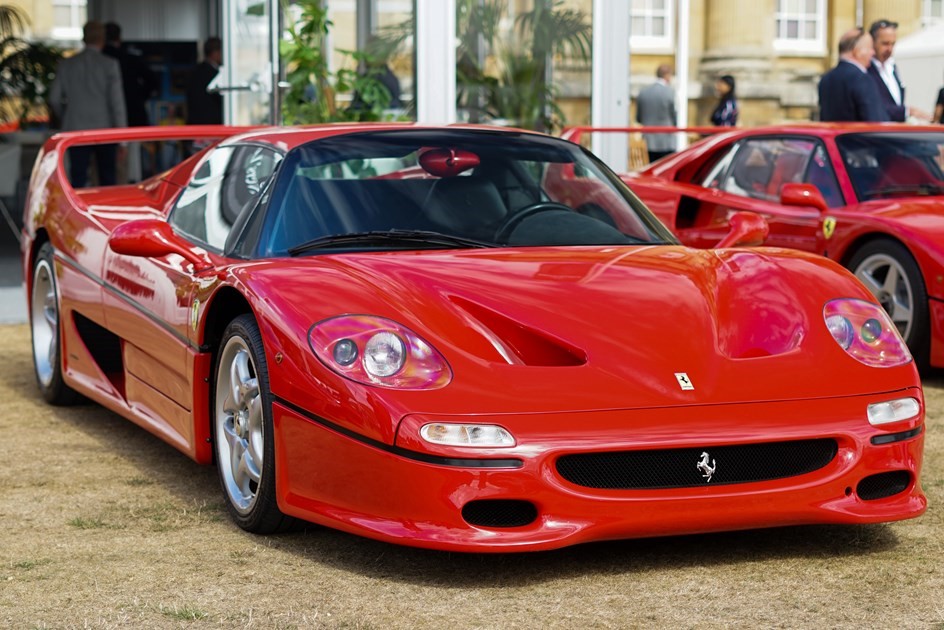
The Ferrari Enzo
In 2002, Ferrari released a car boldly bearing the name of its founder. The car was officially named Enzo Ferrari, in tribute to the company’s famed creator. It was styled differently compared with its predecessors, with no big rear wing and instead, it was considerably more angular.
It used a new naturally-aspirated V12, codenamed F140, which is still in use today albeit in different variations. Where it differed hugely from its predecessors was the use of complex traction control systems and an F1-style paddle shift gearbox. 650bhp and a 217mph top speed meant it was a proper bit of kit, putting it head-to-head with the Mercedes SLR and Porsche Carrera GT.
399 Enzos were set to be built, with a 400th car donated to Pope John Paul II. In actual fact, the final number of Enzos made sits at 493, making it slightly more common compared to the F50 and 288 GTO.
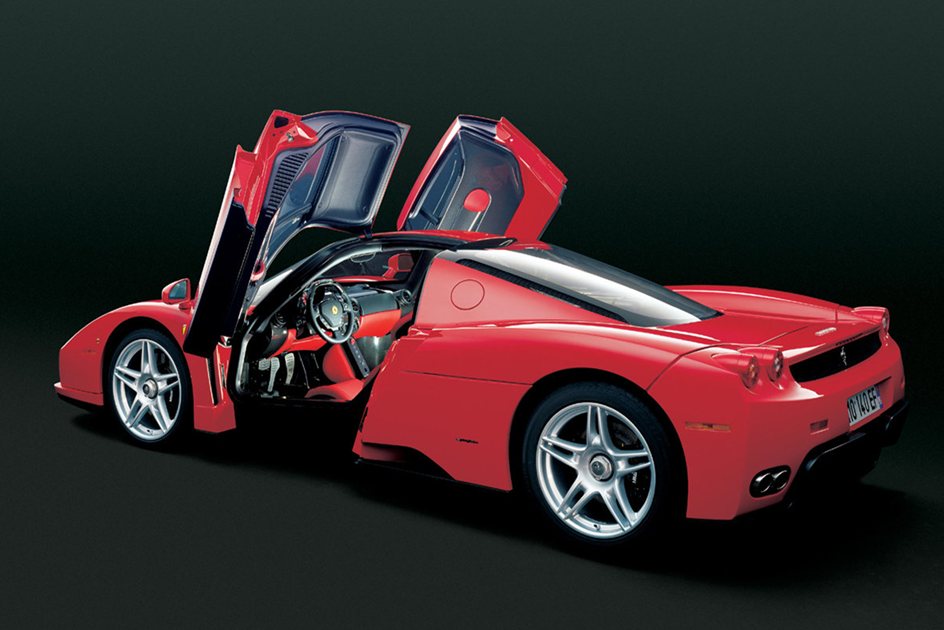
The Ferrari LaFerrari
The most recent in this line of Ferrari flagships is LaFerrari. The name literally means ‘The Ferrari’ as it was intended to be the ultimate road-going Ferrari. Like the Enzo before it, the LaFerrari utilised Formula 1 technology in order to improve performance. It wasn't the first time Ferrari had borrowed from its F1 stable, and it certainly won't be the last.
The 6.3-litre V12 pumped out 789hp and was aided by a 161hp KERS unit, making it the company’s first proper hybrid. A combined output of 950hp made it Ferrari’s most powerful ever road car, beaten just recently by the SF90 Stradale.
The LaFerrari was also the first car to come out of Maranello with no styling input from Pininfarina since the 70s. The styling had a clear F1 influence just like the Enzo before it, with its pointy nose and active rear spoiler. Active flaps in the front and rear diffuser help to control airflow and aid downforce.
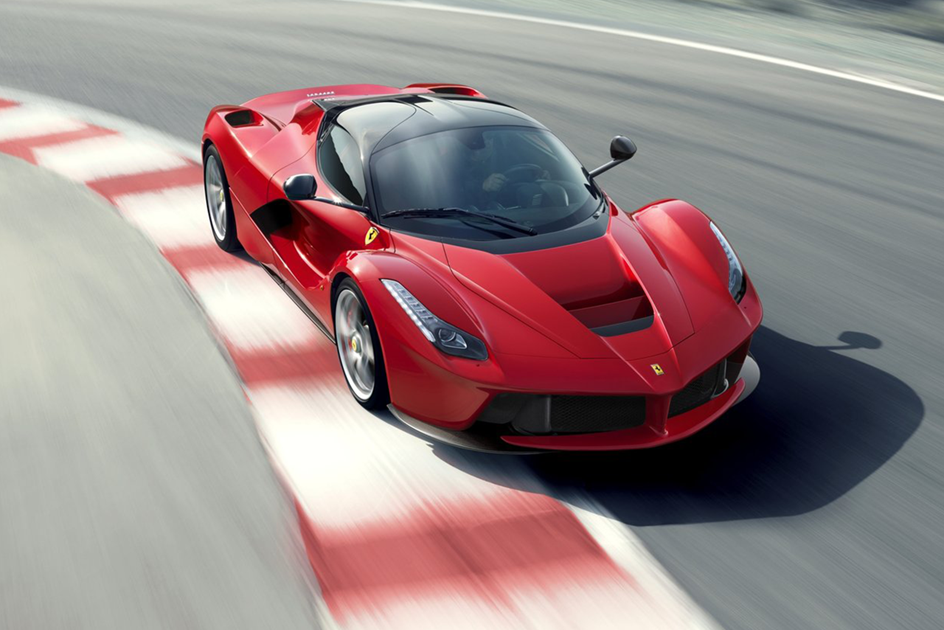
Unlike its predecessors, both hard-top and open-top iterations were available. Though it may not look like it, there are a number of differences between them. The wheel arches were different on the Aperta model which allowed for the doors to open at a slightly different angle to accommodate the roofless design.
Flaps were also added to the corners of the windscreen in order to reduce cabin pressure, and there were a number of tweaks to the powertrain electronics and aerodynamics. The Aperta version went on sale in 2016 with 210 built to add to the 500 coupes.
Modern-day
In the modern age, the big 5 are comfortably £1m+ cars, and some are worth in excess of £2m. It seems likely then, that the exclusivity of these cars means values will continue to rise exponentially for many years to come.


